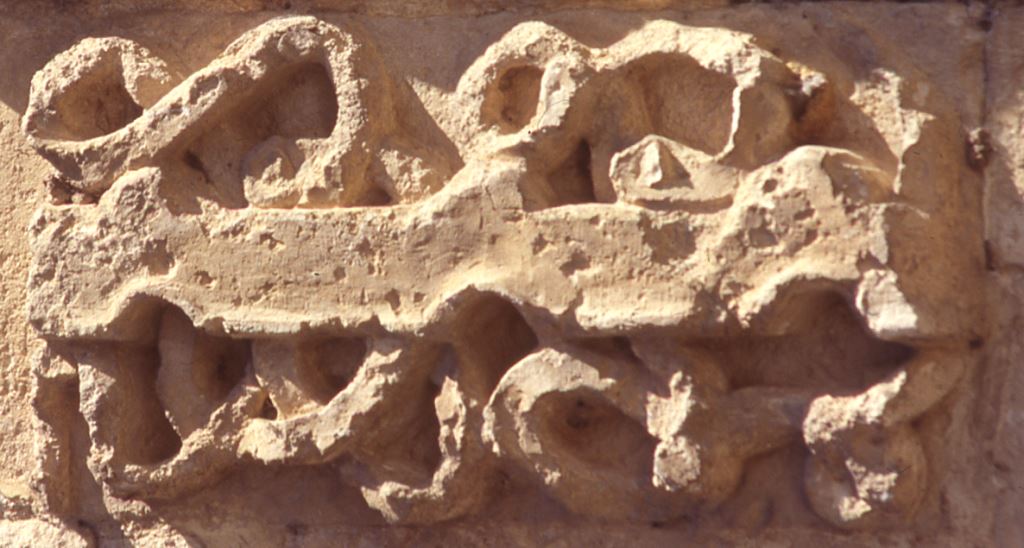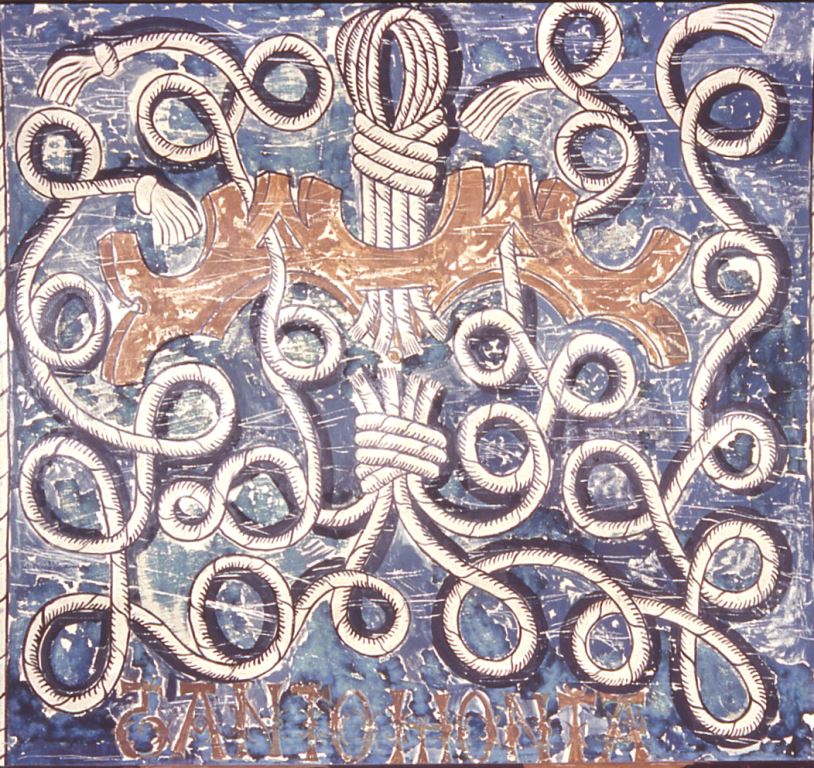Many agricultural implements have been elevated to the status of symbols, either as representatives of a social class or, as with a special type of yoke, as a symbol of an idea of political domination. Ferdinand II of Aragon (reign 1472-1516) chose a yoke for three animals as his personal emblem and, although it appeared before the civil war in Castile of accession to the throne of Isabel I, his wife. It was at that time when it acquired the symbolism of triumph over the rebellious nobles who were vanquished. In a poem about this emblem, Fray Íñigo de Mendoza says that it was granted to him by God: “since it pleased his mercy / to give you yoke straps and yoke / with which the bulls that had never been tamed would be subjugated.”

The yoke of three bows was replaced years later by that of two, linked to the conquest of the Nasrid Kingdom of Granada by the armies of Isabel of Castile in 1492. The change was explained with the legend of the Gordian knot of Alexander the Great (to whom it was equated, thinking that he would conquer Jerusalem). It featured the knot, two bows and the yoke straps cut off. After the death of Isabel in 1504, the nobles revolted again and the iconography once again presented the original yoke, as a message that reminded them of what happened at the beginning of the reign.

Author: José Luis MINGOTE CALDERÓN
